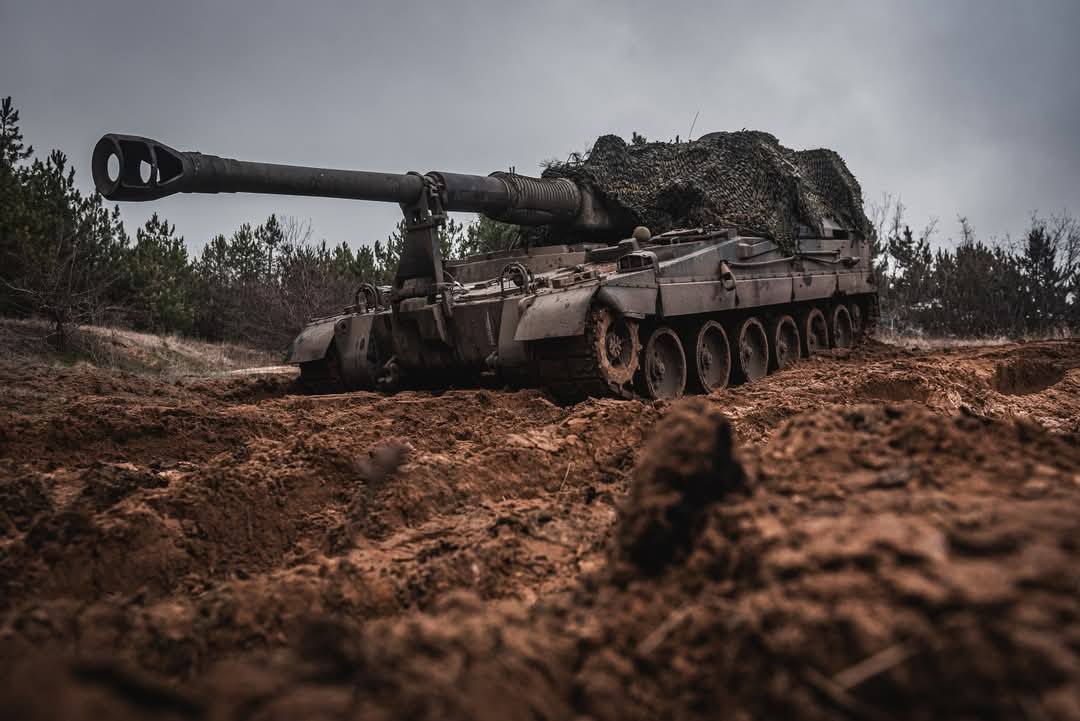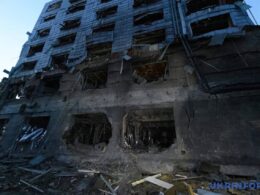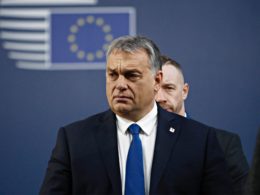As Trump and Putin initiate unexpected peace talks for Ukraine, with their first call already completed, Bloomberg outlines three potential scenarios that could reshape European security and international relations. Each scenario presents distinct challenges and opportunities for Ukraine, European allies, and the global security landscape.
The base case
The most likely outcome envisions a settlement where currently occupied territories remain under de facto Russian control, creating a frozen conflict zone similar to other post-Soviet disputes. The arrangement could include limited territorial exchanges, particularly involving areas in Russia's Kursk Oblast currently held by Ukrainian forces.
This scenario would likely include security guarantees for Ukraine, though their effectiveness would heavily depend on future political leadership's commitment to enforcement. The settlement would preserve Ukrainian sovereignty over unoccupied territories while leaving contested regions in a diplomatic limbo.
"They're gonna need somebody who knows how to negotiate with the Kremlin," warns Charles Kupchan, the Council on Foreign Relations senior fellow. "The pitfalls are that the Russians end up running circles around the American team and that Trump ends up negotiating a bad deal that, at the end of the day, isn't really a deal."
Key elements of this scenario include:
- De facto Russian control over occupied territories
- Limited land swaps involving Kursk Oblast
- Moderate security guarantees without NATO membership
- Continued but reduced Western military support
- Partial reconstruction assistance.
The best case
The optimal scenario for Ukraine would establish a comprehensive security framework, though it would fall short of full NATO membership. While direct military intervention guarantees from Western powers appear unlikely due to escalation risks, this scenario envisions a robust system of rapid response mechanisms and deterrents.
Under this outcome, European nations would significantly increase their defense capabilities, with Bloomberg estimating necessary spending at $3.1 trillion over the next decade. This would include massive investments in artillery stockpiles, air defenses, and missile systems, particularly strengthening the EU's eastern borders.
"The European Union and its allies have the strength and the means to outspend and outproduce Russia. What we need is more political will," Martin Selmayr, EU Ambassador to the UN in Rome, said.
This scenario would feature:
- Strong bilateral security commitments from Western allies
- Rapid military support mechanisms
- Enhanced sanctions capabilities
- Development of Ukraine's domestic defense industry
- Accelerated EU membership path
- Full reconstruction support with international backing
- Integrated European defense production
- Joint EU debt issuance for defense spending.
The worst case
The most concerning scenario involves premature US disengagement from Ukraine, potentially triggered by Trump's loss of interest before a sustainable settlement is reached. This outcome would leave European allies scrambling to fill a massive security and funding gap while facing an emboldened Russia.
Bloomberg warns that even if initial peace talks succeed, this scenario could merely postpone further Russian aggression, particularly toward Baltic states.
"If NATO doesn't respond, then NATO is defunct," cautions Andres Kasekamp, professor at the University of Toronto's Munk School of Global Affairs. "That could be the prize."
Former UK Defense Secretary Ben Wallace provides a historical perspective.
"President after president knew that transatlantic security benefited both the US and Europe. It seems Trump thinks he knows better. History shall be the judge of this decision," he warns.
This scenario could lead to:
- Complete withdrawal of US military support
- Fragmentation of NATO unity
- Increased Russian influence in Eastern Europe
- Limited European capacity to deter future aggression
- Reduced reconstruction funding
- Potential Russian hybrid operations in Baltic states
- Economic strain on European defense budgets
- Weakened Ukrainian defensive capabilities.
Economic and security implications
The financial dimensions of these scenarios are substantial. Bloomberg estimates Ukraine's reconstruction needs at approximately $230 billion, with a current funding shortfall of $130 billion. European defense spending requirements could reach $3.1 trillion over the next decade if they need to compensate for reduced US support.
The outcome will significantly impact Ukraine's ability to rebuild its economy and military capabilities. Key sectors such as energy, manufacturing, and construction could see rapid growth under favorable scenarios, while worst-case outcomes might leave Ukraine economically vulnerable and strategically exposed.
Current conditions favor Russia's position, with Bloomberg reporting that Russia's war economy can produce military equipment beyond its frontline needs. European officials acknowledge Russia's significant manpower advantage and industrial capacity, highlighting the urgency of Western unity and support.
Read more:
- Zelenskyy and Trump discuss peace talks, drones in hour-long call (UPDATED)
- Pentagon chief: Ukraine must accept new borders, forget NATO in peace deal
- The Insider: As Russia depletes Soviet tanks and artillery, Putin's Ukraine war drive to end by 2026





